
Date Windows: Diving Deep on the Smallest Big Debate in Watches
“I wish no watch had a 4:30 date window, but that’s probably its own podcast episode or it’s own, like, 4,000 word, way too long, way too angry story for the website…” Stephen Pulvirent on HODINKEE Radio, discussing the 2020 Audemars Piguet Royal Oak Chronograph LE in 18k White Gold. Why do date windows provoke such an emotive response within so many collectors and enthusiasts, and what does this say about our relationship with watches as a whole?
JOHN NICHOLS
SEPTEMBER 25, 2020
Once you’ve been bitten by the watch-collecting bug, you quickly move past looking at the watch as a single object and start to scrutinise every element of each piece you come across. The case, the dial, the movement – all become equally important, and you soon embark on the journey that leads to analysing reference numbers, scouting your ideal piece.
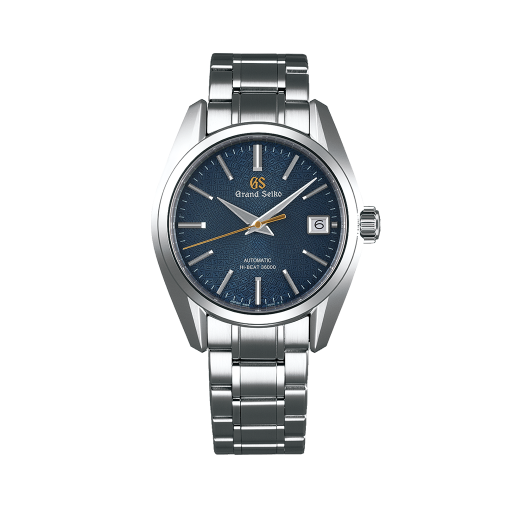
One of these elements tends to be much more controversial, and far more hotly-debated, than any other – the date window. Both the date and no-date camps have their die-hard followers, with rampant in-fighting within both – are date windows acceptable under certain conditions for the no-date crowd? If you prefer a date, where should it be on the watch?
This week, I wanted to take a deep dive on the humble date window, and why this tiny hole in a watch dial strikes up such debate.
History of the Date Window
Despite perpetual calendar pocket watches existing for several decades prior, it wasn’t until 1945 that the first modern date display would appear on a wristwatch, adorning the 3 o’clock position on the dial of the inaugral Rolex Datejust (ref. 4467), with the pioneering 740 movement.
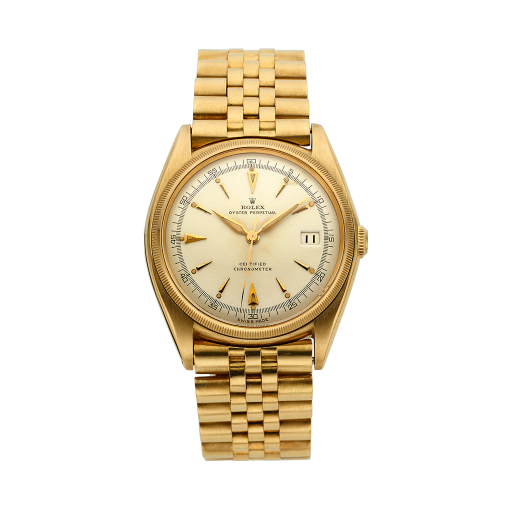
The 3 o’clock position was chosen as with the majority of people wearing their watch on their left wrist, the date is easiest to see at this position with the watch under a shirt cuff.
This position is viewed as the most traditional date window position, and the most formal. Dressier pieces tend to sport this date position (if they have a date at all) – it’s a tried and tested classic. With the crown often at the same position, it’s also the simplest to execute well.
The 4467 Datejust, crafted in 18k yellow gold with a coin-edge-esque fluted bezel, also boasted the first ever Jubilee bracelet. It wouldn’t be until eight years later that we’d see a feature synonymous with Rolex also make it’s debut – the cyclops lens.

This domed crystal adornment opens a can of worms in and of itself. Whether you think it’s a simple solution for poor eyesight, or an unsightly addition to an otherwise meticulously-designed watch (which is my belief), it never fails to ignite discussion.
Rolex have faithfully stuck to the 3 o’clock position ever since they first cut holes in their dials. Omega have largely stayed true to this also, with the Seamaster strictly adhering to a 3 o’clock date.
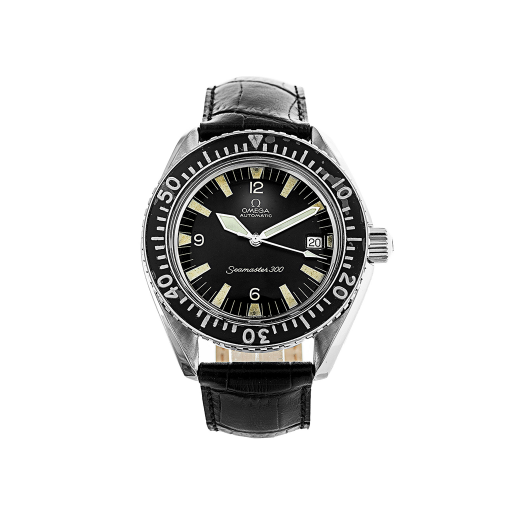
Omega have flirted with the 6 o’clock position on occasion in their other pieces, most notably with particular Speedmaster and Aqua Terra references.
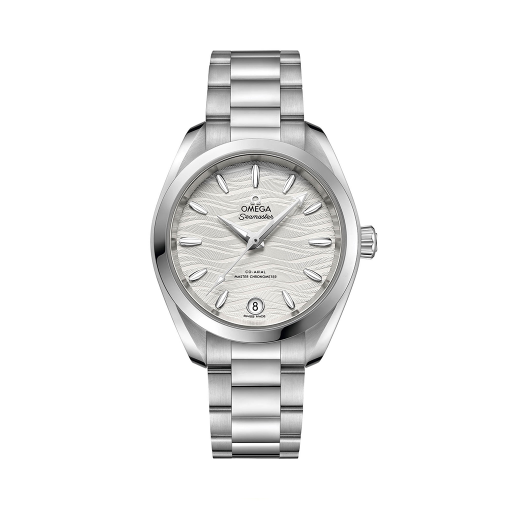
In stark contrast to the 3 o’clock position, 6 o’clock date windows look as modern as can be, and often appear more aesthetically pleasing as they keep the overall dial design balanced and harmonious, rather than lopsided and somewhat clunky.
As the number of watches with date complications expanded, so did the placement of the date window.

Nowadays, date windows are all over the place. 12, 1:30, 3, 4:30, 6 – you can find all these and more in the timepieces of today, and this is before we get to outsized dates, unique solutions from NOMOS, and high-end watches with dial circumference date displays and sub-dial date indicators.
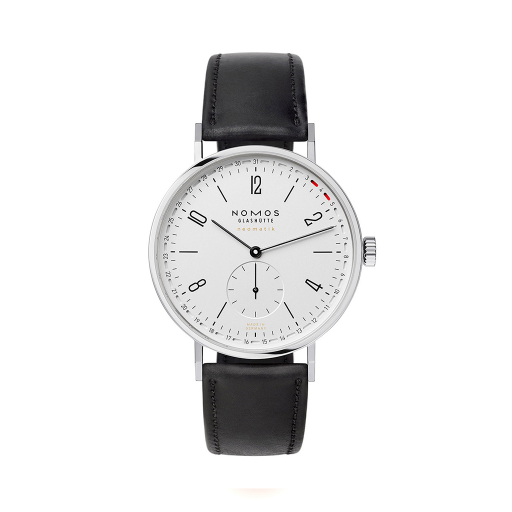
So, where should the date window be?
The placement of the date window is the biggest point of debate on this topic amongst enthusiasts and collectors alike. Clearly, this isn’t a one-size fits all scenario (imagine if the oversized date on the A. Lange & Söhne was at 6 o’clock for instance), but are there certain positions which shouldn’t exist at all from an aesthetic standpoint?
Stephen Pulvirent, Managing Editor at HODINKEE, is rather outspoken in this line of thinking, espousing that 4:30 date windows in particular have no place in watchmaking, singling out the new blue-dial Audemars Piguet Royal Oak Chronograph as a particularly poor example. I have to admit, it’s very difficult to find a watch out there with a late-afternoon date window that looks passable, let alone good.
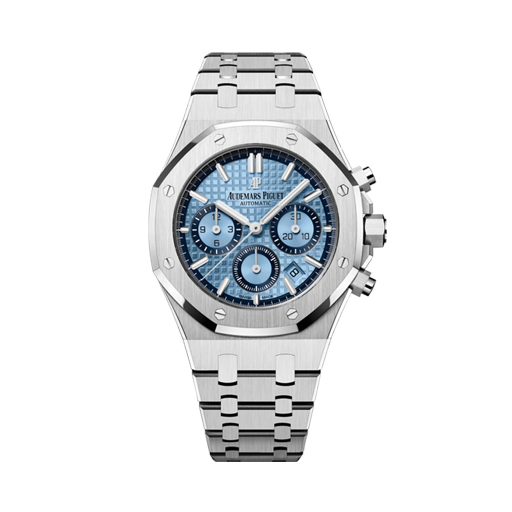
Chronographs look especially terrible with dates in most cases. For example, I’m a big fan of the Dan Henry 1962, but there’s a reason I have the non-date variant.

A rectangular window, slanted at 45 degrees, with the date wheel itself following suit – this is the visual equivalent of the animatronic Renesmee doll (here, at your own risk). It comes off as a clumsy afterthought, rather than a considered design decision.
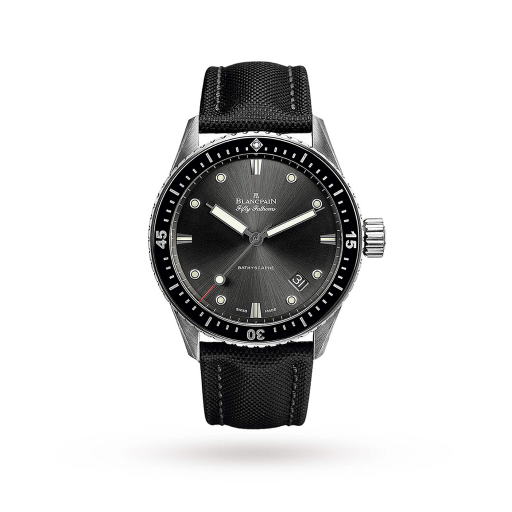
WHen brands slap 4:30 date windows on to pieces, they typically claim that the piece is “vintage-inspired” or a re-imagining of a watch from their past, but to me, that’s no excuse. If the point is to bring these watches into the modern era, surely this means pulling them up to modern aesthetic standards too?
One of the only watches that I think looks slightly more than okay with a 4:30 date window is the Bell & Ross BR V2-93 GMT. By utilising a stepped, perfectly circular porthole, and aligning the date wheel with the dial text, the date works in harmony with the rest of the piece, giving it a rather unique charm.
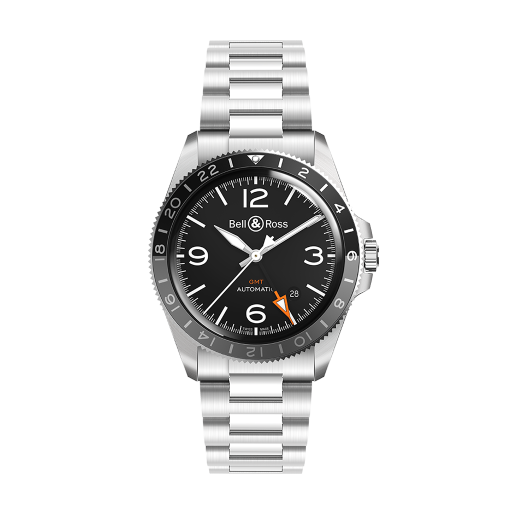
With the oversized numerals on the dial, this is the only piece I can think of where moving the date window elsewhere on the dial would make the watch look worse, rather than better.
If you’re going to put a standard date complication on a watch and are thinking of putting it at the 4:30 position, either put serious effort into making it look good (like Bell & Ross), or don’t do one at all.
12 noon, 3 o’clock, 6 o’clock – these are all much easier to execute well (due to simple alignment), and I believe each has its place in various timepieces.
Date Windows on Dress Watches
For many, dress watches are the pinnacle of formality, and for them to be anything other than time-only would be pure sacrilege. Others believe a modest date is just about okay, so long as it is discreet, but I think even the biggest fans of a date display would accept that they’re pretty benign on a dress watch, and stand against the whole notion of their purpose.
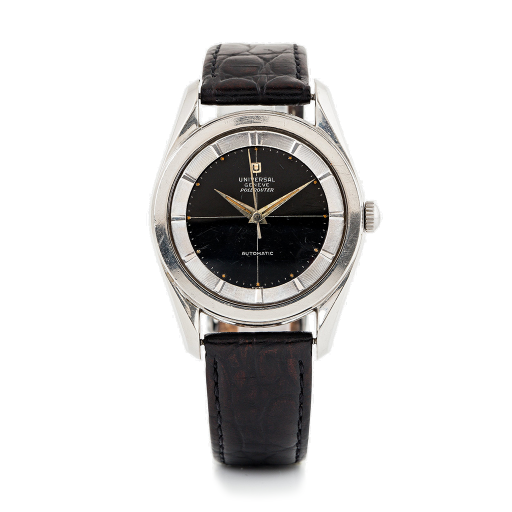
Dress watches were initially designed for when time wasn’t, or shouldn’t, be important – think soirées at the country club, or the annual charity ball. When all you should be worried about is having a good time in the company of others, to worry about the time would be seen as unsavoury and rude.
Classic dress watches, especially for ladies, often forgo second hands, hour markers or even dial markings entirely – if time is not important, then all you need is a vague idea, rather than precision.
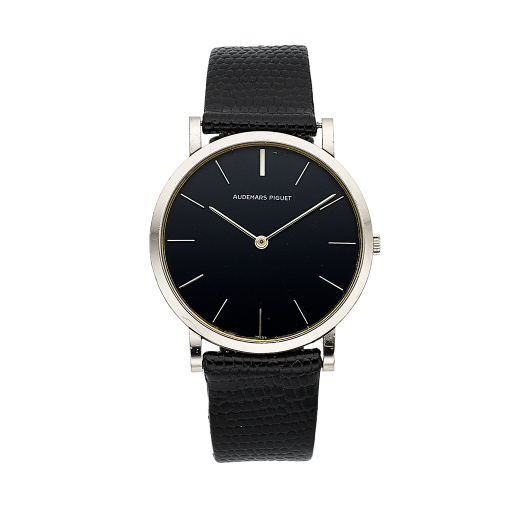
In recent years, dates, tourbillons and moonphases have seen wider inclusion in dressier watches, none of which make sense to me.
If exact time is not important, then why should the date be? If the point is to avoid looking at your watch, why include a tourbillion or a moonphase?
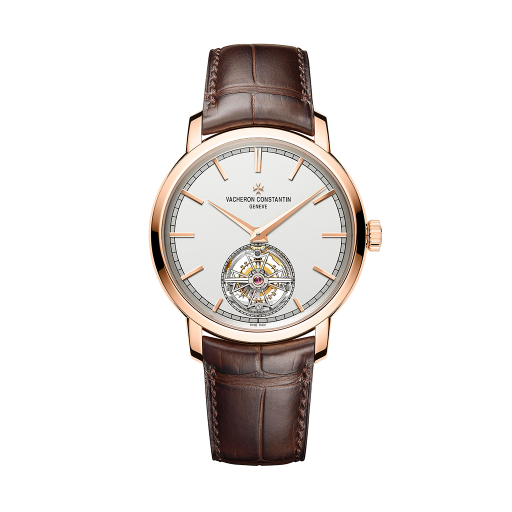
If absolutely necessary, a very discreet date is passable, but only if it does not detract from the cleanliness of the design, which brings me on to…
Date Wheels and Dials
Enthusiasts often ask, if brands invest so much time and money in making their watches as appealing to the eye as possible, why do they stick a white date wheel on a black dial watch?
As Zen Love over on A Blog to Watch put it a few years ago, this could simply be down to complacency – a carry-over from when date legibility on a watch was far more important than it is today.
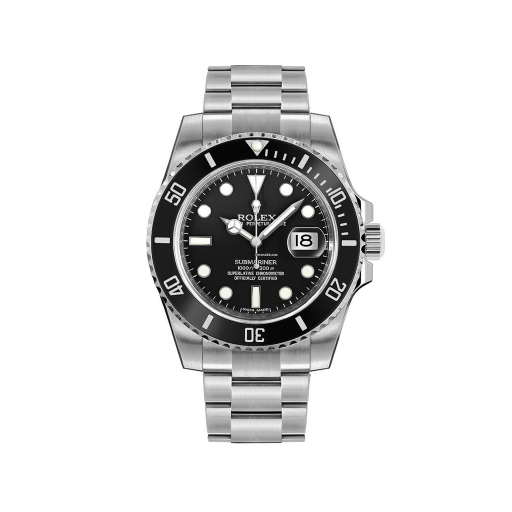
I agree with Zen in that possibly the only good example of a white date wheel on a black dial is the Rolex Submariner, and only because its monochromatic design makes it possible. In the majority of other cases, a similar equation results in awkward and inelegant answers.
Seiko are especially bad at this. It’s not difficult to find examples across their entire range of challenging date wheel/dial combinations. Even my trusty SKX009 has a white day and date wheel on a navy dial with a Pepsi bezel – it just doesn’t look quite right.
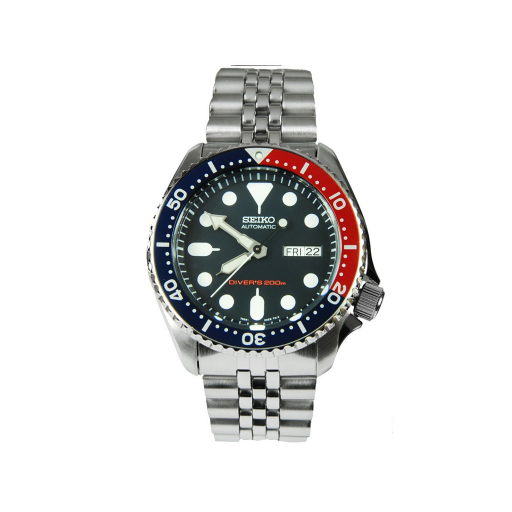
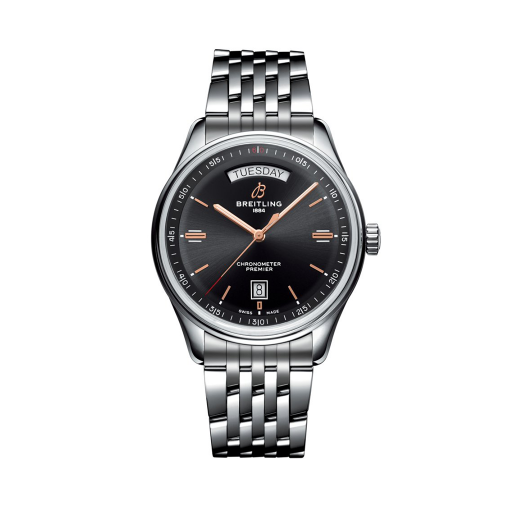
The easiest fix is to match the colour of the date wheel to the dial. There’s plenty of examples of brands that know how to do this well; Omega have paid special attention to this with their latest releases – whether the dial is white, black, grey, navy or olive (amongst others), they have a date wheel to match, and they look fantastic.
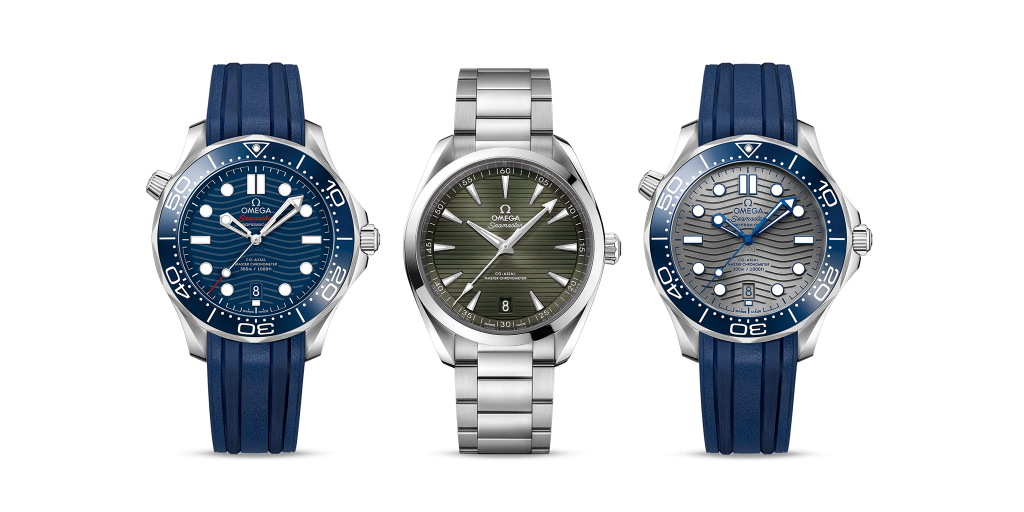
Going No-Date
We’ve spent so long talking about dates and date windows, let’s look at the other side of the coin – the no-date crew.
No-date timepieces have that no-nonsense, utilitarian tool watch vibe that their date complication counterparts simply don’t have. A date window is more complex, more delicate. Take it away and you have a more rugged, robust and world-ready watch.

Without wanting to generalise, date watches bring to mind a more formal, corporate environment, whilst no-dates have an ever-appealing sense of cavalier freedom that plays with your heartstrings.
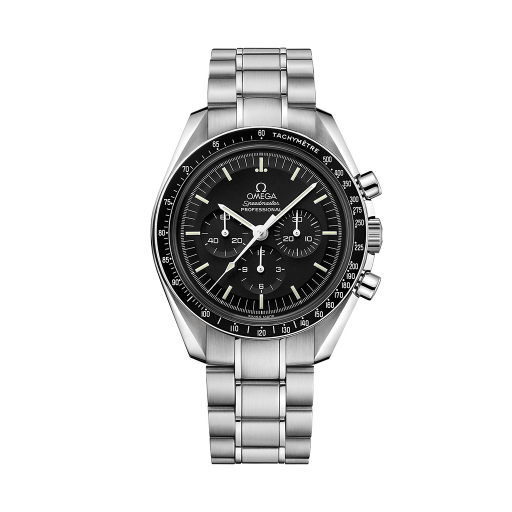
As workplaces become more informal year-on-year, the growing trend for no-date timepieces is hardly a surprise – indeed, I’ve taken to wearing my Dan Henry 1962 to the office a lot more than my Seiko SNKL23 in recent months. Both are quality pieces, but the chronograph turns my collared shirt and chinos into a more relaxed, carefree ensemble.
That’s not to say the SNKL23 doesn’t have it’s place, but I would hazard a guess that with day and date complications being less necessary now more than ever, they’re becoming more of a choice for someone who can appreciate the complication rather than a fundamental requirement.
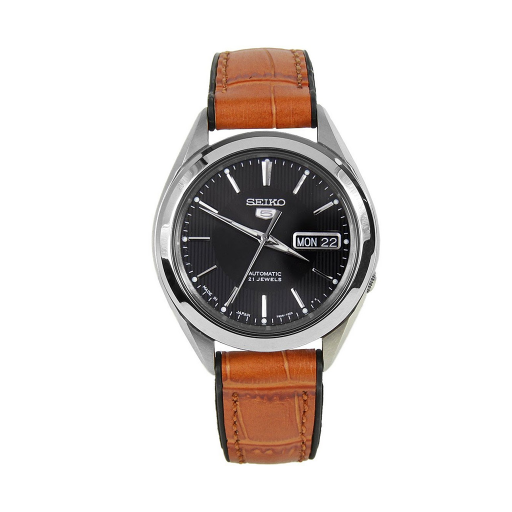
The popularity of no-date pieces, to me, shows that watches in general are becoming less about practicality and more about fun. If days and dates aren’t needed, then why have them clutter the dial at all?
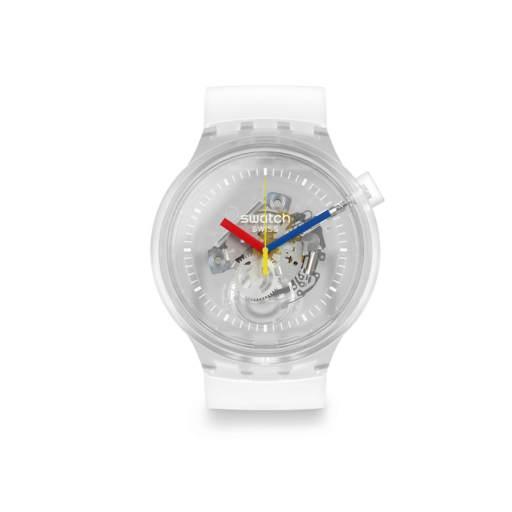
I believe that the choice between having a date or not is more of an insight into the lifestyle and personality of the wearer than anything else.
I remember attending a talk a few years ago, listening to the lead give his introductions. I spotted an SKX007 with the black OEM rubber strap on his wrist, and my mind instantly coupled this with his relaxed but well-spoke manner, and I felt as if I had an understanding of hiim – a sharp mind with a get-it-done mindset – a presumption which would prove increasingly accurate the more I got to know him.
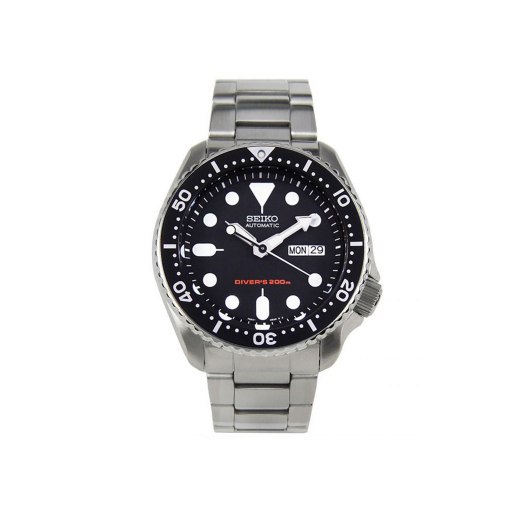
Whether it is right or wrong to do so, the little details we pick up from eachother help us to build an image in our minds of who that person is. Their personality, their attitude to life, what they stand for – we try our best on a daily basis, more than we probably realise, to answer these questions about those around us, and something as small as a watch on a wrist can help to reveal someone’s character.
Final Thoughts
Date or no-date, 3 o’clock, 4:30 or something else entirely, the debate will rage on. None of these camps are right or wrong – the beautiful thing about watches is that whatever you delight in, you’ll be able to find a timepiece which speaks to you. Beauty is in the eye of the beholder, after all.
For every watch, there’s a purpose, and with every purpose comes an individual who needs the watch. It’s a perpetual circle that perfectly encapsulates the essence of what watches are, and how we tailor our environments and objects to suit us as best we can. The debate on date windows is a microcosm that showcases the differences between us, how we obsess over them, and how the little things, even holes a few mm across, can ignite a fire within us that’s difficult to extinguish.
At the end of the day, the date and no-date hills, whilst worth an overnight stay under the stars, aren’t worth dying on. Now, I’m off to go wear my G-Shock to the office, switch to my SNKL23 for my post-work swim, and go to bed with my Dan Henry 1962 on my wrist. What does that say about me? That’s for you to ponder.
Published September 25, 2020.